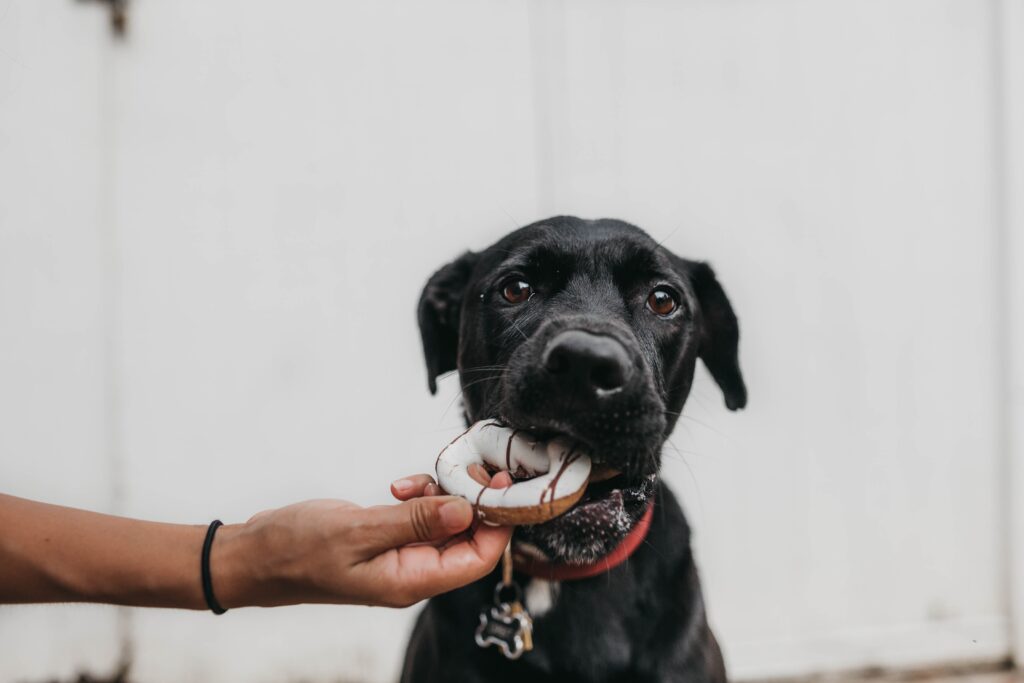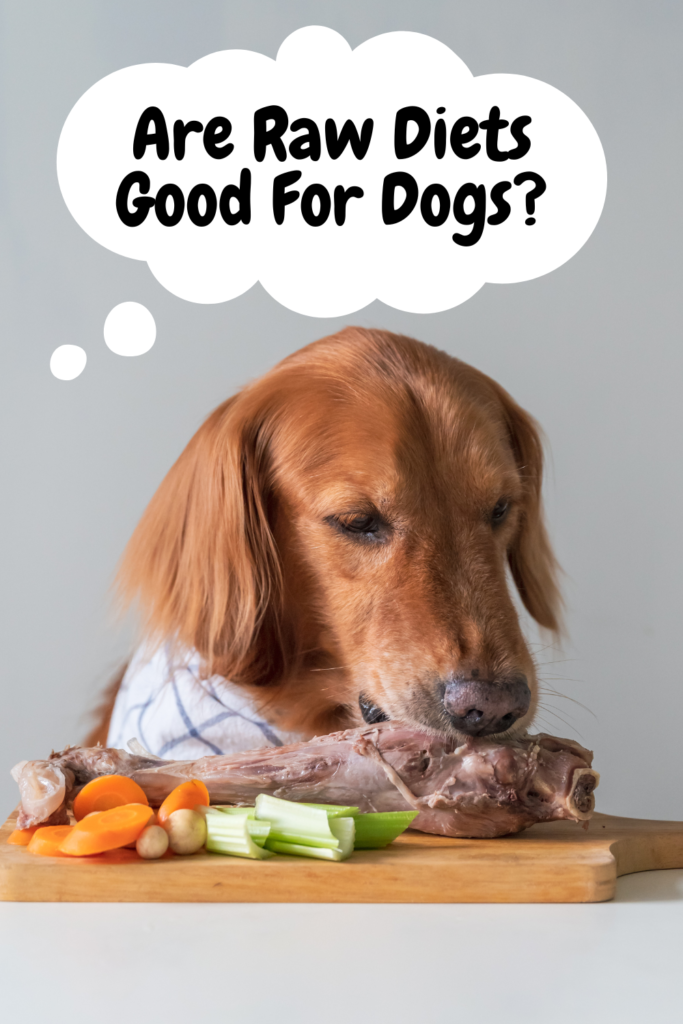
Kibble and Raw Dog Food: Complete Beginners Guide
Should you mix kibble and raw dog food? Where to begin… Trying to learn about this topic is like opening one of the largest cans of worms you can find in the dog food industry. After delving into this for the past month, I’ve decided to put together the most basic information and some actionable steps on how to start!
Once you’ve decided trying a raw food diet is good for both you and your pup, the fun begins!
As always, we strive to bring you up-to-date, research-based information on dog diet, health, and nutrition to give your best friend the long life they deserve.
This post is all about mixing raw dog food and kibble together, and how to do it properly!
What is considered raw dog food?
First, what is considered raw dog food? Does raw dog food mean solely a raw meat diet? No, anything that is not cooked is considered raw food. Any raw eggs, raw meat, and raw fish are all considered part of the raw food diet. As long as it does not go through the heating process of cooking, it is considered raw. Studies show that the heating process rids many of the nutrients in food and can be harder to digest than raw foods, in certain situations. Raw vegetables are different. A dog’s digestive tract is not as friendly to starches as we are, so certain vegetables, like spinach, should be steamed or boiled.
Now the big question… Should you mix the two?
The answer is a resounding YES! There are so many benefits to adding raw food to your dog’s meals. Believe it or not, your dogs are biologically designed to eat a raw food diet. With all of this commercial-grade kibble that’s marketed as cheaper, easier, and “healthier”, it’s easy to forget what our dogs need, from a biological standpoint. Dogs are omnivorous, carnivorous scavengers and are adapted to eat everything both raw or cooked. Feeding a 100% raw food diet should be the answer to make sure our pups get the most nutrients. However, it can sure be expensive. Finding good sourced raw meat can add $100+ to your monthly bill. If you’re able to do that, AMAZING! If not, mixing kibble and raw dog food is a great, more cost-effective way to show your dog some extra love with some extra delicious food!

I know there are a lot of questions and misconceptions, so let’s delve into some:
Will doing half raw dog food and half kibble cause digestive issues?
It depends… but not really. If you try to make the change overnight, your furry friend is going to have an adverse reaction. Just like making any drastic changes to your dog’s food, things must be done slowly over time. If you ease into it, your dog should not have any issues. Dogs’ intestines stay consistently, highly acidic, much more acidic than us humans! This means they are totally okay eating raw meat and raw foods, as that acidity would protect against any harmful bacteria.
The caveat to this is with older dogs or puppies, sometimes their bellies are not equipped and strong enough to fend off those harmful bacteria as well. This makes them much more prone to harmful foodborne illnesses like Salmonella. Therefore I caution against implementing raw food into these specific populations.
Though I must confess, Jill, my dog, gets diarrhea quite often. Let’s just say if not for probiotics, I don’t think I could feed her anything out of her normal routine. If your dog is the same, it is recommended to add a probiotic to each meal, whether it be a probiotic powder or something like kefir or goat’s milk.
How to portion out your meals with both kibble and raw foods?
It is generally recommended to start with 80% kibble and 20% raw foods. Though, it can get tricky because kibble has almost no moisture. Therefore, you need to double the amount of fresh food to balance out the water content. For example, if you feed your dog 2 cups of kibble per meal, you would reduce the kibble to 1.5 cups, and add 1 cup of fresh food (instead of 0.5 cups).
What to add as raw food?
This is where it gets fun! You can add a multitude of things to make the meal mixed, and still balanced. Just like how we don’t eat the same things every day of our lives, neither does your dog. You can add:
- Muscle meats (to add protein) (45%)
- Fish (to add Omega 3’s – vital nutrients for skin and coat health)
- Organ meats (nutrient-dense proteins)
- Liver (natural multivitamin)
- Eggs (natural multivitamin with all 10 essential amino acids)
- Raw bones (to add calcium, protein, and clean teeth)
You can also add fresh seasonal fruits and vegetables, which are all very nutrient-dense and hydrating! Note that doing more research about each specific category is important. For example, it is not recommended to feed your dog more than 2-3 raw eggs per week (for a large dog). You should also only give a certain amount of liver per day, so that should be portioned correctly. Furthermore, you should not be giving just fish consecutively every day as a topper. You must vary each meal accordingly, to make sure you are reaching for a balanced diet.
Where to source your raw dog food?
As long as your food is coming from a reputable source, getting food from your local supermarket is okay. However, there is always a chance for a bad reaction as these raw foods are sometimes not stored at the right temperature to be eaten raw. You should always freeze the raw meat for at least a week before feeding them to your dog, to minimize this risk. If possible, find your local dog store that sells raw foods or a local butcher! You are more likely to find an array of organ meats that you might never find in a supermarket. They will have a multitude of options and the staff there will be much more knowledgeable on this!

What does an example month-long feeding schedule look like?
You should always start slow and build upon your meal, with the ultimate goal of creating a complete and balanced diet. This could be an example of what your next month might look like:
- Week 1: add chicken thighs and ground beef
- Week 2: add chicken hearts and sardines
- Week 3: add beef liver and turkey necks
- Week 4: add spinach and beef kidney
Each week, you should also add fresh fruits and vegetables like blueberries, strawberries, and tons of other options! By the end of the month, you will have a balanced-ish raw food meal that your dog is familiar with. I say balanced-ish because, though eyeballing these raw ingredients is okay in the beginning, you should strive to weigh each food and make sure you are meeting your dog’s specific nutrient needs. This varies based on your dog’s weight, size, and life stage.
Always monitor how your dog reacts to adding new foods or switching up different foods. Remember that if there are any digestive issues, add a probiotic while your dog is still getting used to the change. You know your pup the best, so good luck and have fun with this! If all goes well (which I believe it will!), your pup will be so forever grateful <3


